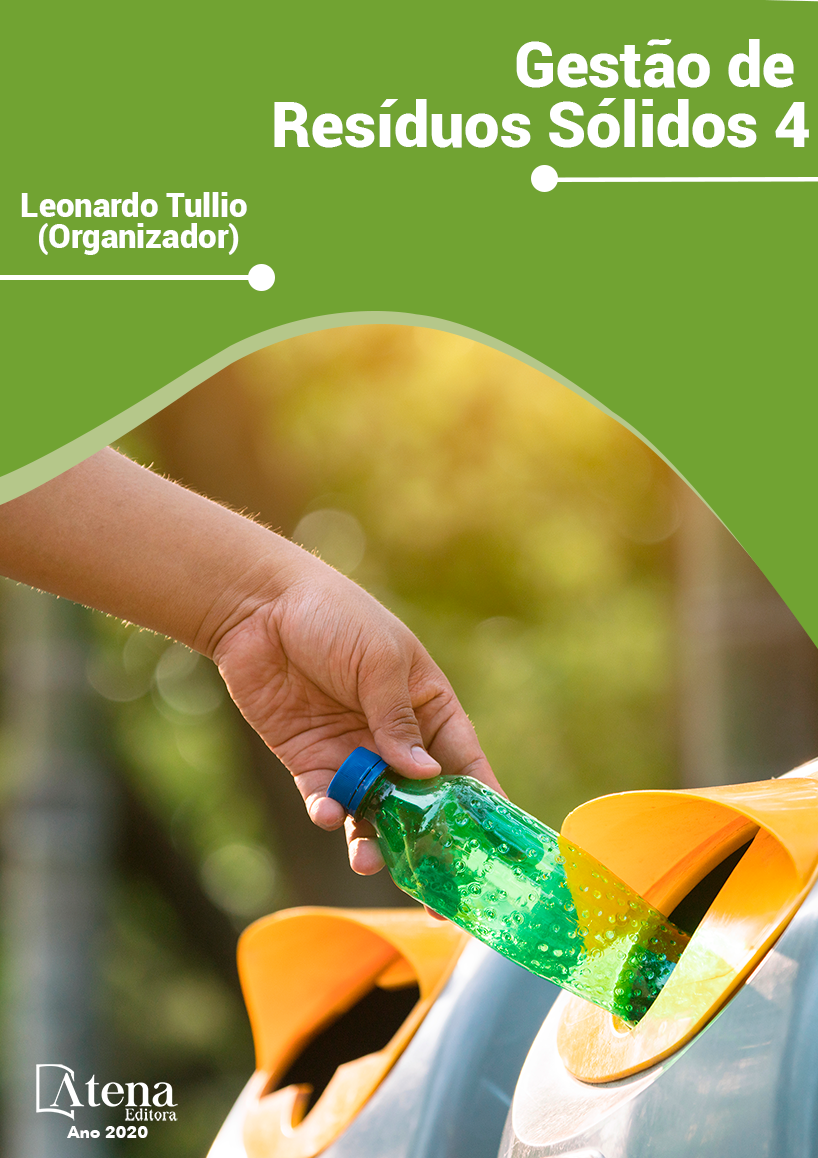
PROPOSTA DE VALORIZAÇÃO DE RESÍDUOS DE BORRACHA SILICONADA, PRÉ-VULCANIZADOS, PROVENIENTES DAS INJETORAS DE UMA INDÚSTRIA DE BORRACHA
Este estudo de caso pretende apresentar a valorização de resíduos de borracha de silicone (RBS) provenientes de injetoras de uma empresa do setor de borracha, baseando-se no Nível 3 da metodologia de Produção Mais Limpa (reciclagem externa). Conforme as análises físicas e estruturais realizadas no RBS, foi possível identificar características importantes do material que viabiliza o seu uso. A fabricação de produtos com a utilização do RBS é viável, uma vez que, o resíduo de borracha siliconada apresenta características aceitáveis e muito próximas do composto original. Com a valorização do resíduo, reduz a quantidade e os custos de aquisição de matéria-prima, minimiza-se a disposição dos resíduos, o que diminui a pressão sobre os aterros industriais e ainda se gera lucro com a venda dos compostos para os clientes do ramo da borracha, com potencial de uso para produção de artefatos de borracha. O estudo de viabilidade econômica do RBS apontou um ônus de R$ 16.919,34, resultado da geração do RBS e da destinação final do mesmo para aterros industriais. Com a venda do RBS valorizado, para reciclagem externa, os ganhos podem chegar a R$ 33.339,00. Percebe-se que, é vantajoso para a empresa a venda do RBS, uma vez que, o resíduo depois de passado pelo processo de reciclagem interna, tem seu valor de venda aumentado devido a qualidade final do produto a ser comercializado
PROPOSTA DE VALORIZAÇÃO DE RESÍDUOS DE BORRACHA SILICONADA, PRÉ-VULCANIZADOS, PROVENIENTES DAS INJETORAS DE UMA INDÚSTRIA DE BORRACHA
-
DOI: 10.22533/at.ed.2062018068
-
Palavras-chave: Borracha siliconada; Resíduo sólido; Valorização; P+L
-
Keywords: Silicone Rubber; Solid Waste; Valorisation; P+L
-
Abstract:
Our study intends to present the valorisation of Silicone Rubber Waste (RBS) from the injectors of a rubber company, using Level 3 of the Cleaner Production Methodology (external recycling). According to the physical and structural analyses carried out in the RBS, it was possible to identify important characteristics of the material that makes its reuse possible. The manufacture of products with the use of RBS is feasible, since the silicone rubber residue has acceptable characteristics close to the original compound. With the recovery of the waste, it reduces the quantity and costs of acquiring raw material, minimizing waste disposal, which consequently reduces pressure on industrial landfills and also generates profit from the sale of the compounds to customers of the rubber branch, with potential of use for the production of rubber artefacts. The economic feasibility study of RSB indicated charge of R$ 16.919,34, resulting from the RBS generation and the final destination of the same to industrial landfills. With the sale of RBS valued, for external recycling, the gains can reach R$ 33.339,00 from RBS valued. It is perceived that it is advantageous for the company to sell the RBS since the residue after being processed through the internal recycling processing has its sales value increased due to the final quality of the product to be marketed.
-
Número de páginas: 12
- Joice Pinho Maciel
- Carlos Alberto Mendes Moraes
- Daiane Calheiro Evaldt
- Daniel Vieira Reis


